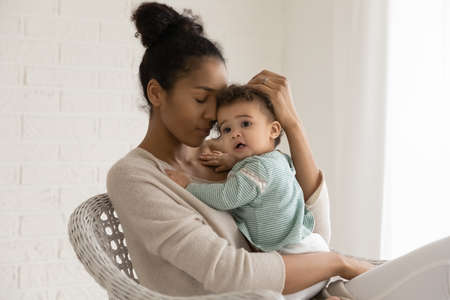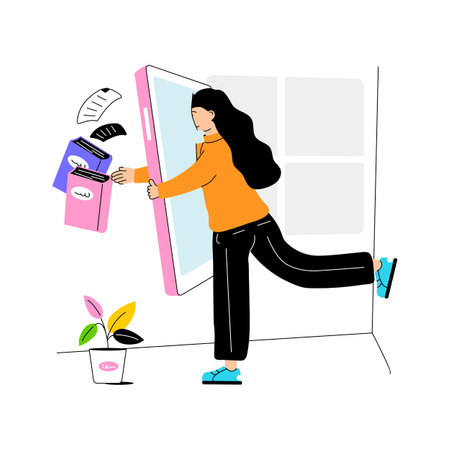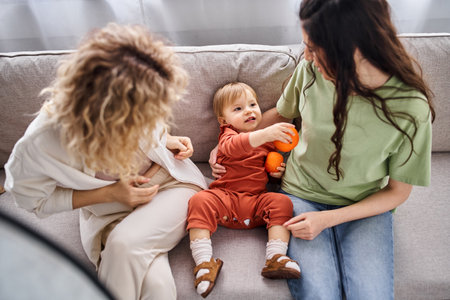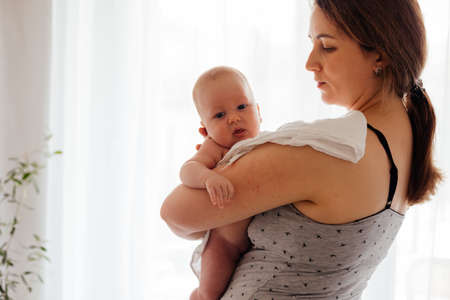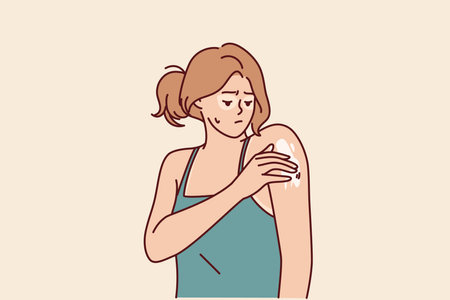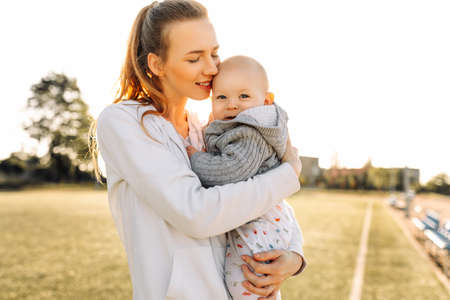How to Prepare Your Child for Vaccinations: Tips for British Parents
Understanding the Importance of Vaccinations in the UKFor British parents, ensuring your child’s health and wellbeing is a top priority. Vaccinations play a vital role in protecting children from serious and potentially life-threatening diseases. In the United Kingdom, the National Health Service (NHS) provides a comprehensive childhood vaccination schedule, which has been carefully designed based…
